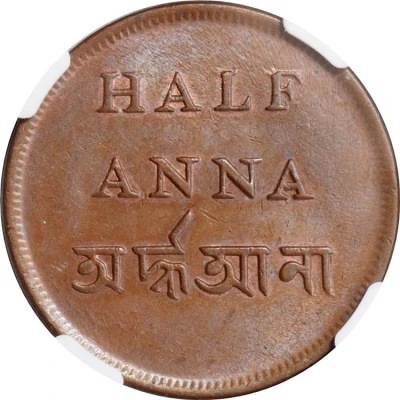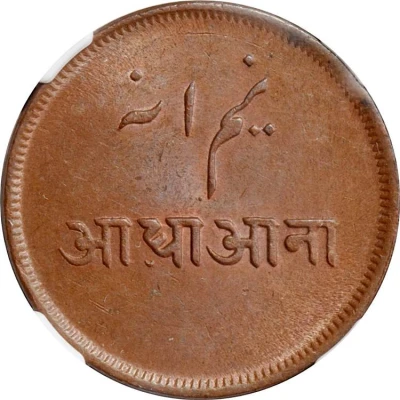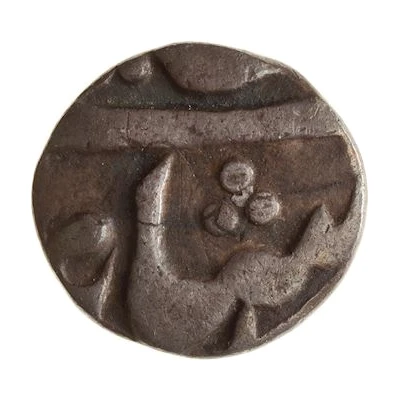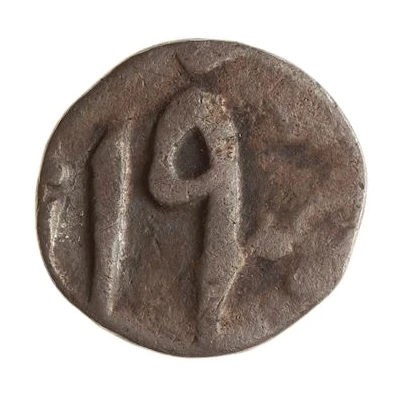
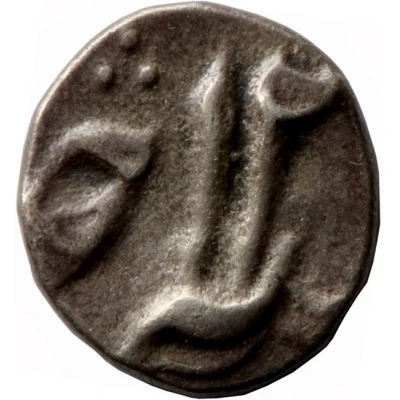

© Joseph Kunnappally
1⁄16 Rupee - Shah Alam II ND
| Silver | 0.71 g | 10 mm |
| Issuer | Bengal Presidency (British India) |
|---|---|
| Type | Standard circulation coin |
| Years | 1770-1775 |
| Value | 1⁄16 Rupee |
| Currency | Rupee (1765-1835) |
| Composition | Silver |
| Weight | 0.71 g |
| Diameter | 10 mm |
| Shape | Round (irregular) |
| Demonetized | Yes |
| Updated | 2024-10-05 |
| Numista | N#77328 |
|---|---|
| Rarity index | 97% |
Reverse
Legend in Persian (mostly off flan): Zarb Murshidabad sanat 12 julus maimanat manus
Translation: Struck at Murshidabad in the 12th year of his reign of tranquil prosperity
Edge
Plain
Comment
- The smaller denominations of this issue are all struck with flans much smaller than the dies used. As a result the Hijri date is never found on them, however the regnal year, being near the centre of the die usually is present.- This Junus year date, 12, was frozen. It is found on coins bearing dates from 1185 until 1189 AH; ie. 16 April 1771 until 20 Feb. 1776
- Murshidabad mint
Another example...
Interesting fact
One interesting fact about the 1/16 Rupee coin from Bengal Presidency (British India) made of Silver weighing 0.71g is that it was issued during the reign of Shah Alam II, who was the Mughal Emperor at the time. This coin was part of the standard circulation currency used in the Bengal Presidency, which was a region under the British East India Company's rule in India. The use of silver in the coin's minting was a common practice during this period, as it was a valuable and durable metal that was widely accepted as a medium of exchange.
